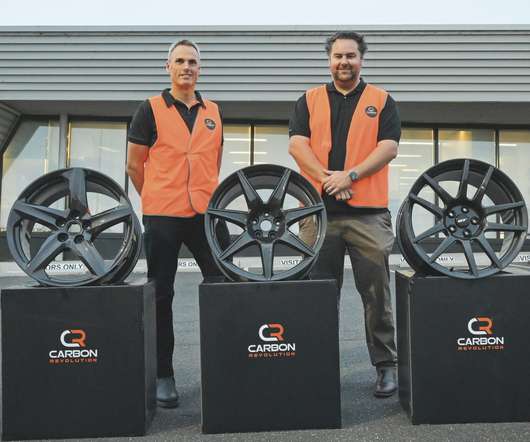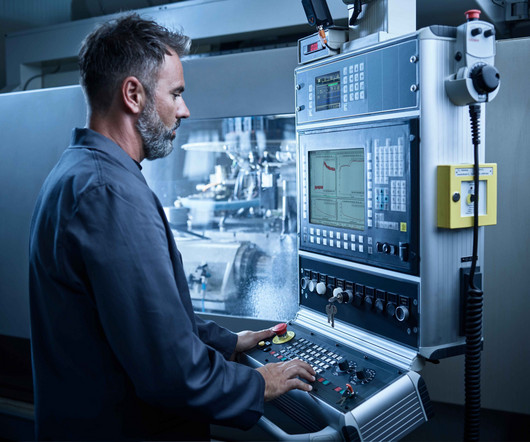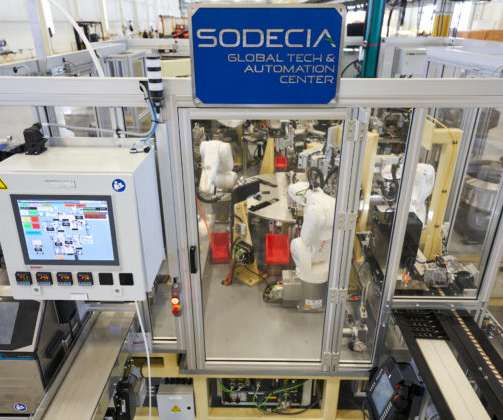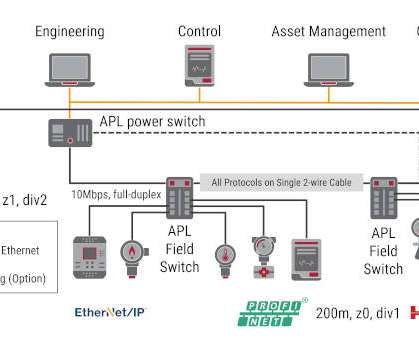What is Wrench Time in Industrial Maintenance?
ATS
MAY 29, 2025
Top-performing organizations, meanwhile, often aim for 50% or higher wrench time, as noted in Rules of Thumb for Maintenance and Reliability Engineers (R. Keith Mobley and Ricky Smith, 2007). While many companies cant reach this mark, even small improvements in wrench time can have big benefits. Butterworth-Heinemann, 2007.













Let's personalize your content